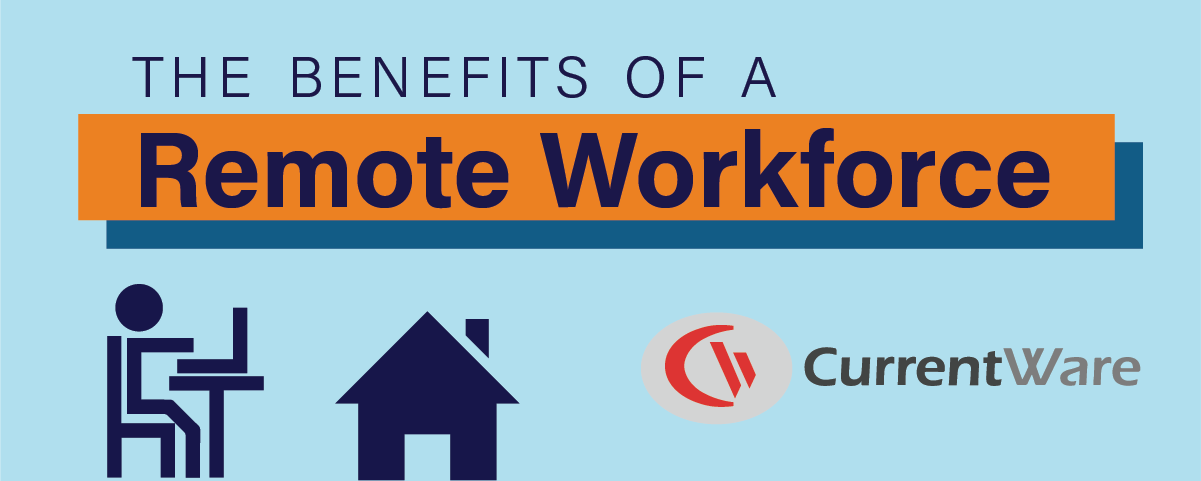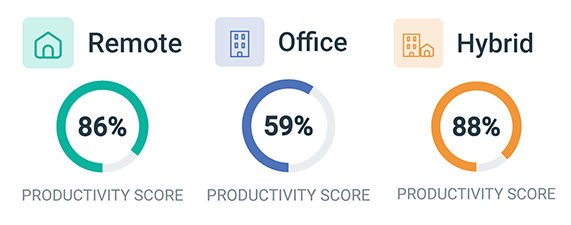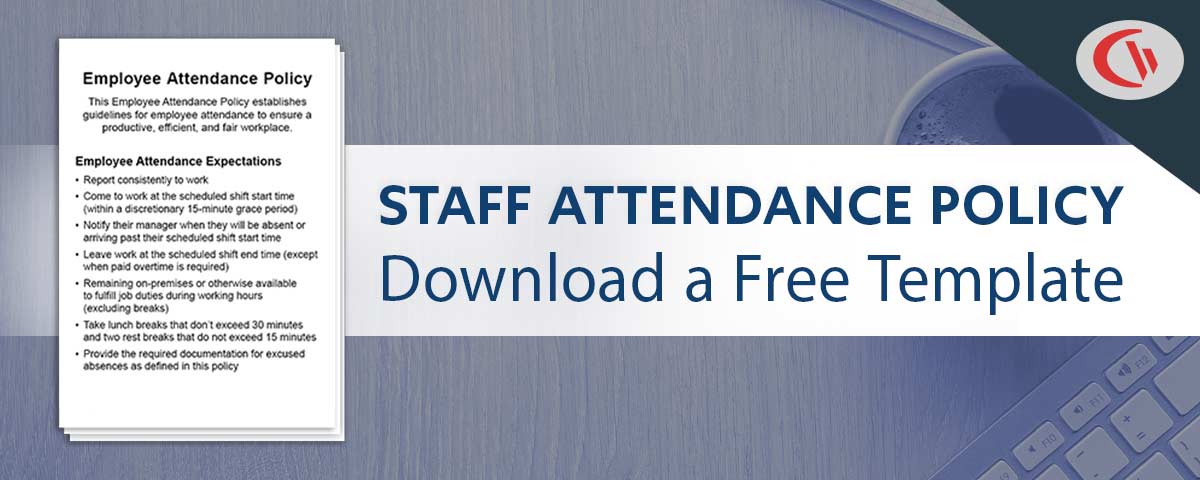The Benefits of a Remote Workforce (Infographic)

Employers that offered flexible working options before the COVID-19 pandemic experienced greater retention, a reduction of employee stress, and an increased likelihood that they would be recommended as an employer. Despite these benefits, 44% of employees in a 2018 Owl Labs survey said that their employers did not allow remote work.
In the aftermath of the COVID-19 pandemic will we see a dramatic spike in employers offering flexible working options? According to the 2020 Owl Labs survey, 80% of full-time workers expect to work from home at least three times per week after COVID-19 guidelines are lifted and companies and workspaces are able to re-open
Our infographic outlines the benefits of a remote workforce that employers should consider when deciding whether or not to let their employees continue to work from home in the wake of return-to-office mandates.
Want to use this infographic on your website or blog? Feel free, just provide a link back to our website when citing your sources.
Infographic: The Benefits of a Remote Workforce

Sources Cited
1 “Global State of Remote Work 2018 – Owl Labs.”
2 “Costs and Benefits – Global Workplace Analytics.”
3 “6 Ways Working Remotely Will Save You $4000 Annually, or More – FlexJobs.”
4 “2017 State of Telecommuting in the U.S. Employee Workforce – FlexJobs.”
5 “REPORT: Remote Work Brings Benefits, but Attitudes Are Divided – Indeed Blog.”
6 “APA: Executive Control of Cognitive Processes in Task Switching.”
7 “New StayWell Sleep Study Examines the Effect of Sleep on the Modern Workplace.”
8 “IWG Global Workspace Survey – Flexible Working – IWG plc.”
9 “High-Speed Access for All: Canada’s Connectivity Strategy”
10 “Remote Workforce Cybersecurity Survey | OpenVPN.”
11 “Are Remote Workers Actually Working? – Quickbooks.”



